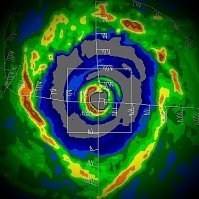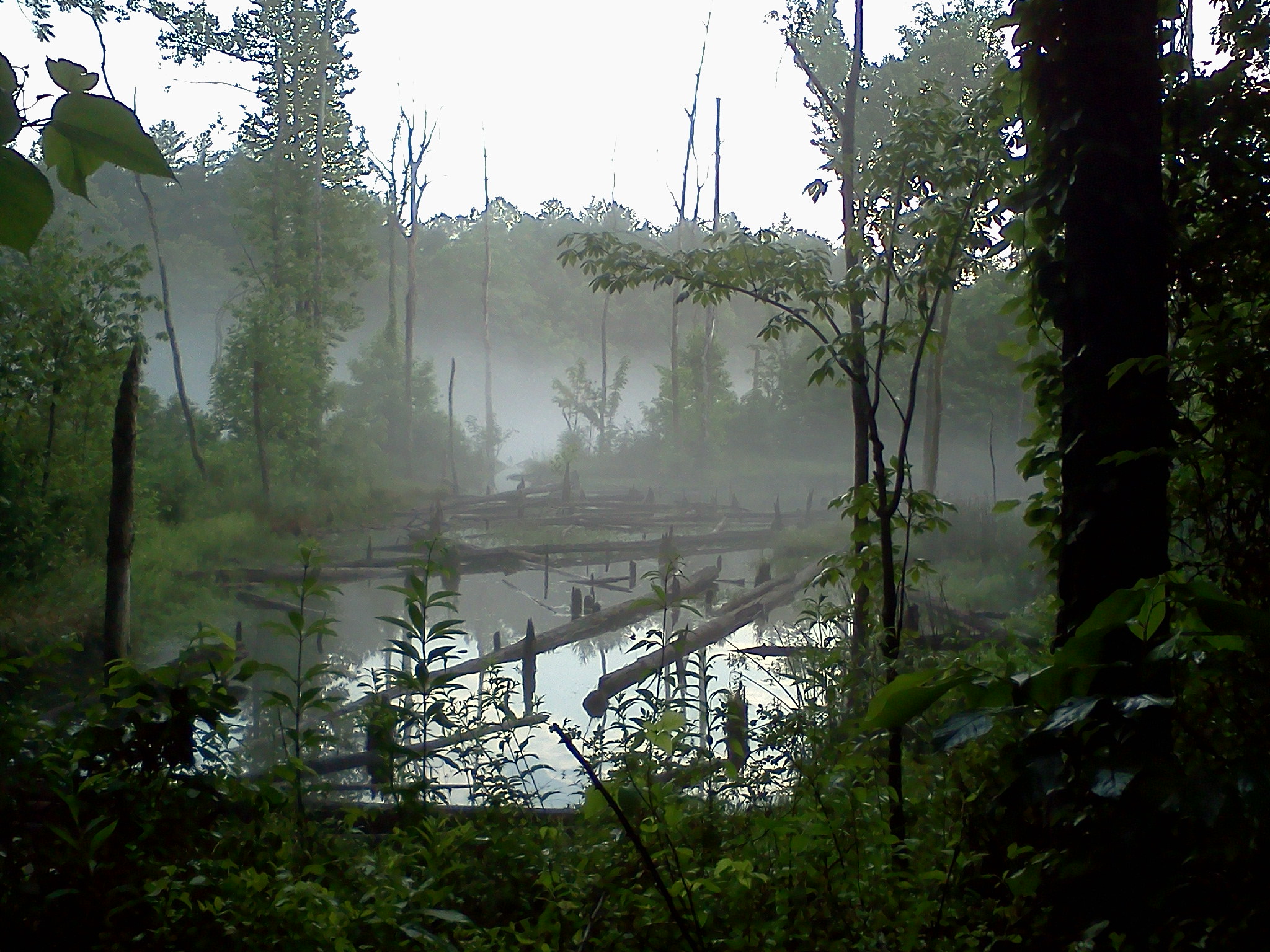-
Posts
4,715 -
Joined
-
Last visited
Content Type
Profiles
Blogs
Forums
American Weather
Media Demo
Store
Gallery
Everything posted by Windspeed
-
Here comes the first wave that has model support. The GFS15 vs 16(para) have varying solutions. The first wave near the Lesser Antilles is much more vigorously modeled by the GFS to become the intense hurricane. The para wants to throw down the gauntlet on the second wave currently out over the MDR. At any rate, chances are we'll have some sort of W. Caribbean action by next weekend. The ECMWF ensembles are increasing support as well for something developing. We're getting closer to the mid range.
-
Both the GFS op and the parallel are now picking up on TCG in the deep Caribbean to Western Caribbean in the mid-to-long range. The ECMWF shows zilch. However its ensembles are now showing possible development in the WCARIB as well, all roughly within a 100 hr variance. The para is faster than the operational with development and potential TCG.
-

Wild Speculation for Winter 20 -21
Windspeed replied to Holston_River_Rambler's topic in Tennessee Valley
Yeah that's about as La Niña signal result as it gets... -
For me, two more majors, regardless of land interaction. The lack of them this season is really the only thing blowing it out the roof. I get they mean squat if nobody is affected. However, climatologically-speaking, any majors from this point forward would likely be Caribbean-based storms and virtually guaranteed to hit land.
-
What would you consider needing to unfold late season to bring this up to A-/A territory?
-
Oops. My bad. Thanks for the correction. Had Maria as an early October system in my head. No stretch at all there, more like just flat incorrect.
-
If someone would have told me we'd end up with 25+ named storms and only two majors, I'd have laughed them off the forum. Yet that is now a real possibility.
-
Well we got a CONUS intense landfall out of the way. There are inactive years here and there that have these (Andrew '92) albeit rare. But we've seemingly had everything this year except an Atlantic Cat 5. Those used to be rare, but since 2016, Octobers alone have given us three (Matthew, Maria and Michael). Wild all were 'M' storms. Mu anyone?
-
We're in an amplified pattern right now so any GOM or W. Caribbean, regardless of CAG or easterly wave development would most likely turn into southerly or southwesterly flow depending on ECONUS trough and frontal placement the next few weeks. Now that being said, there might be a more zonal pattern re-emerge mid October that could allow for some western MDR development out of the ITCZ and be an ECARIB threat. Though the western extension of WAM is winding down, the MJO should be phasing favorably around that time. That would potentially still give us some action in the Antilles. Perhaps a few more central Atlantic fish/ACE generators and even another deep SW Caribbean system in November. This is getting into extreme long range. But though the Atlantic is dead this week, I think we'll have a busy stretch in October. ENSO continues negative and AMO is still favorable for bursts of activity. I'm going to say 4 more hurricanes, one of those being a major before the season closes in November. 23/8/2 right now with an ACE of 105. We finish around 30/12/3? ACE somewhere in the 130 to 140s range. Not as much ACE as I had considered in the preseason due to smaller number of majors, but obviously the number of storms this year has been insane regardless. Will that be enough to verify all the preseason forecasts for a hyperactive season? Based on number of storms, no debate. Based on landfalls? Still no debate. Based on ACE? Questionable. Definitely "active" but perhaps just shy of hyperactive?
-
[emoji19]
-
Sometimes things get overlooked. Just have to repeat the question sometimes.
-
[emoji849]
-
- 168 replies
-
- 2
-

-
- leaves changing
- temperatures
-
(and 2 more)
Tagged with:
-
You may be correct. The feature doesn't look as impressive and might be waning.
-
Definitely intriguing to be sure...
-
That's not how this works. It's quiet at the moment because forecast and intensity trends are fairly locked down and there is no land interaction other than some marginal effects on Bermuda currently. But that doesn't mean you should ask the question in another storm thread. Delete your post and put it in the correct thread. Someone will notice. [emoji6]
-
The surface circulation is definitely taking jumps west closer to that vigorous mid level circulation per recon. LLC reformation appears to be underway. There is still shear and dry stable air but perhaps if Beta can form a core that will allow it to fight back. At any rate, this is a sign that Beta could have a period of intensification this afternoon.
-
Perhaps shear has decreased just enough to allow for some alignment.
-
This is not banter material.
-
Perhaps a revision can be done in the coming year and they can formulate a better backup plan in the event we run out of names again. Unfortunately it's too late to avoid the issue this year. That being said.. Eggplant?.. Eggplant? [emoji533] Seriously? You're fired, Naso!
-
Wow that's a mean looking stovepipe!
-
The NHC actually consulted with the Portuguese Institute of Sea and Atmosphere prior to classifying STS Alpha. Just speculation here but this was likely already a STC well before classification. I'd imagine in post analysis it will be backtracked into yesterday for posterity as that is when the STC had first started showing signs of having transitioned.



